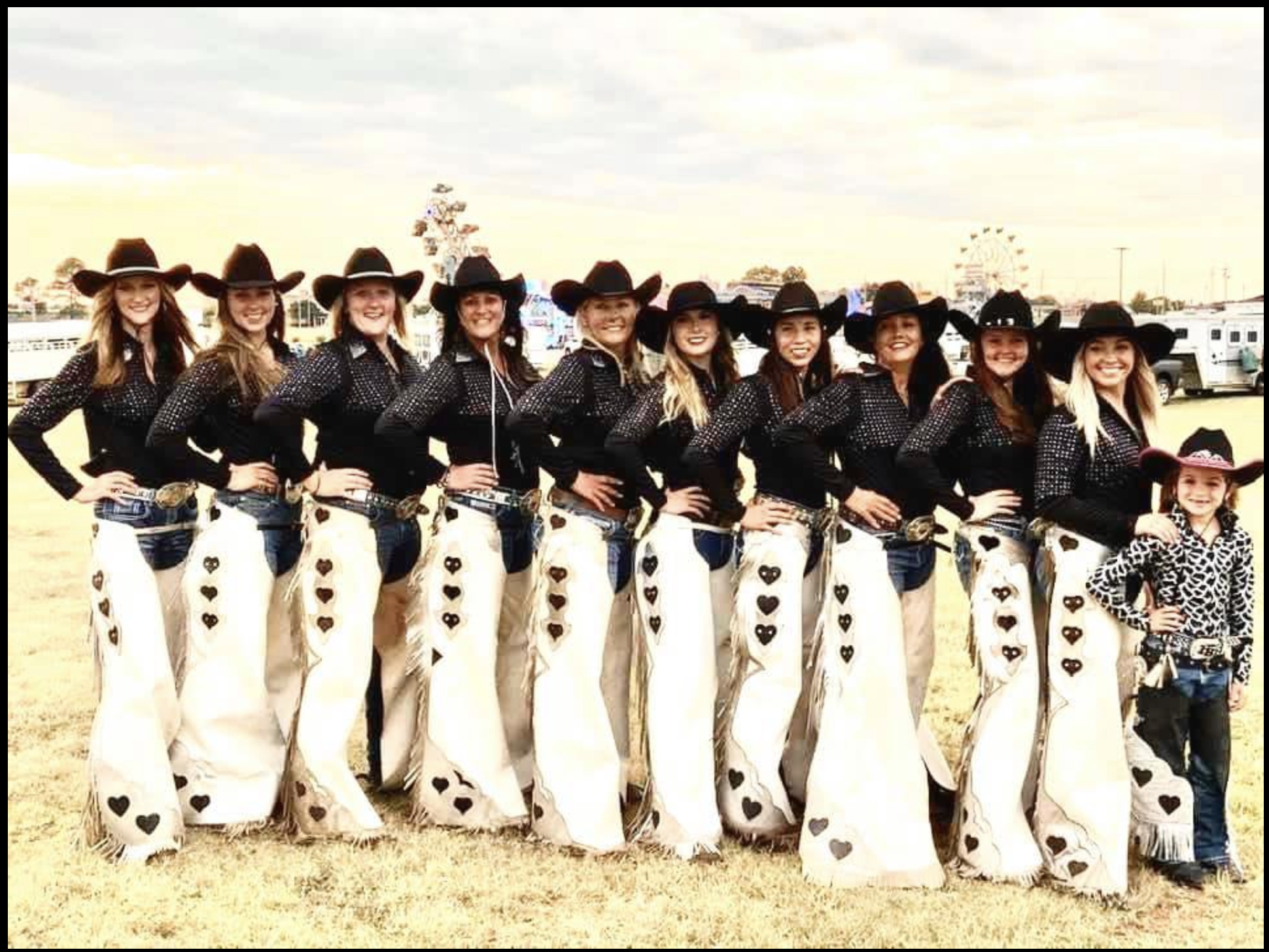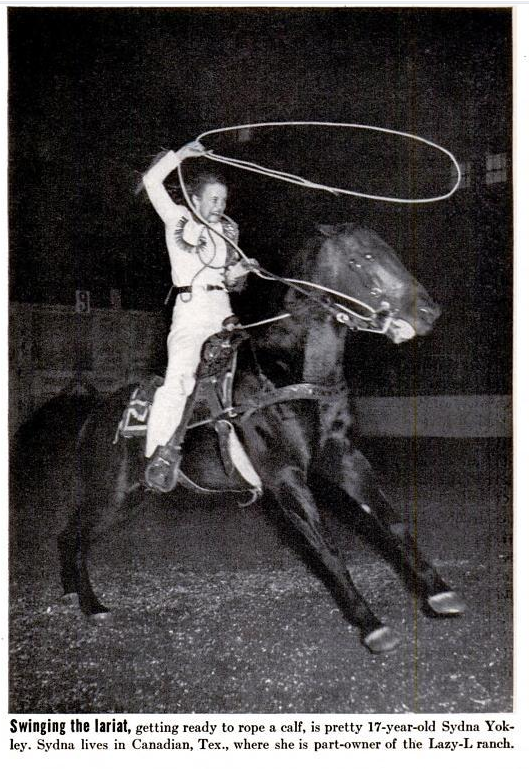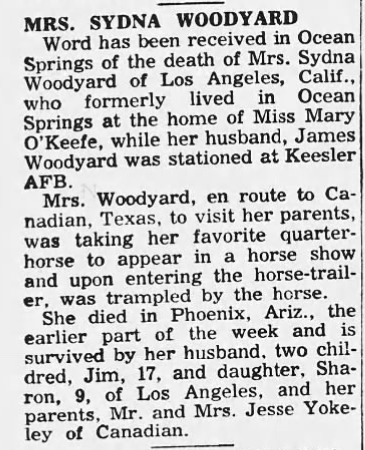Animals
Artwork Khrushchev Probably Would Not Have Liked 52
I must confess to a slight divergence with this entry. All previous ones have featured artwork from within Khrushchev's lifetime, stuff he could have theoretically seen and reacted to. (He died in 1971.) But this one postdates the man.That is all.
Full info here.


Posted By: Paul - Thu Aug 31, 2023 -
Comments (0)
Category: Animals, Statues and Monuments, Public Indecency, Europe
Hot Testicle Hypothesis
Elephants rarely get cancer. This seems odd because one would think that, elephants being larger than us and thus having more cells, they should be more prone to cancer than we are, not less.Oxford professor Fritz Vollrath has proposed the "Hot Testicle Hypothesis" to explain this mystery.
The gist of the hypothesis is that elephants have unusually hot testicles for a mammal. Their hot testicles result in more mutations in their sperm. So the elephants have evolved more mutation-suppressing mechanisms in their cells. In particular, they have more copies of "p53 encoding genes" than we do, and these genes play a role in repairing damaged DNA.
More info: technologynetworks.com
Posted By: Alex - Sun Aug 27, 2023 -
Comments (1)
Category: Animals, Science
Herbivorize Predators
The Herbivorize Predators organization was founded "with the goal of discovering how to safely transform carnivorous species into herbivorous ones." Its members believe that this will promote the well-being of all sentient beings and prevent the suffering and untimely deaths of prey animals.They acknowledge that their mission is controversial but feel that "now is the time to conduct research on potential ways of herbivorizing."
It's certainly an ambitious goal. I think they'll have their hands full just trying to herbivorize humans.

Another critique from the Ecology for the Masses blog:
Posted By: Alex - Wed Jul 19, 2023 -
Comments (0)
Category: Animals, Clubs, Fraternities and Other Self-selecting Organizations, Food, Vegetarians and Vegans
Follies of the Madmen #570
Posted By: Paul - Wed Jul 12, 2023 -
Comments (0)
Category: Animals, Anthropomorphism, Advertising, Air Travel and Airlines, 1970s
Aleck the deluded gander
Details from Life magazine (May 18, 1953):
I haven't been able to find any info about what became of Aleck after the Life article made him famous. How long did he live? According to google, geese in captivity can sometimes live for as long as 40 years. So Aleck might have been standing guard by that oil drum for many years.
Posted By: Alex - Wed Jul 05, 2023 -
Comments (0)
Category: Animals, Husbands, Marriage, 1950s
Rodeo Sweetheart
The earliest reference I find to a "Rodeo Sweetheart" is 1929. And the tradition is still flourishing today.To get in the mood for appreciating this longtime contest, you can listen to the classic Byrds album.




Posted By: Paul - Mon Jul 03, 2023 -
Comments (0)
Category: Animals, Awards, Prizes, Competitions and Contests, Beauty, Ugliness and Other Aesthetic Issues, Regionalism, Twentieth Century, Twenty-first Century, Circuses, Carnivals, and Other Traveling Shows
Struck by falling sheep
We've previously reported about people accidentally struck by suicide jumpers (See Death at the Cathedral). But being struck by an apparently suicidal sheep leaping from a bridge is a novel twist on the phenomenon.
London Daily Telegraph - July 30, 2001
Posted By: Alex - Mon Jun 19, 2023 -
Comments (2)
Category: Accidents, Animals, 2000s
Kicked To Death By A Camel
According to the article "Camel-Related Deaths" in The American Journal of Forensic Medicine and Pathology:Some searching for examples of camel-related deaths led me to discover a book with the oddball title, Kicked To Death By A Camel, published in 1973.

The author, Clarence J.L. Jackson, was a pseudonym for Richard W. Bulliet, a history professor at Harvard (and later Columbia University). On his Amazon page he writes:
Sounds like it could be a fun read. If you're interested, you can either buy a used copy or check it out via archive.org.

Shreveport Times - Sep 23, 1973
Posted By: Alex - Mon May 22, 2023 -
Comments (1)
Category: Animals, Death, Books, 1970s
Follies of the Madmen #562
New kind of carpet is immune to elephant manure. Don't ask where that elephant's trunk goes in the final scene.
Posted By: Paul - Thu Apr 20, 2023 -
Comments (0)
Category: Animals, Domestic, Advertising, Public Indecency
Sydna Yokley, Rodeo Prodigy
Sydna--seen here in a 1939 LIFE magazine feature--debuted on the rodeo circuit at age 12. She had an outstanding career (see her FIND A GRAVE obit) but died young--under the hooves of her favorite horse.


A nice write-up of her life here.
A 1977 retrospective feature here.

Posted By: Paul - Thu Apr 13, 2023 -
Comments (4)
Category: Animals, Contests, Races and Other Competitions, Regionalism, Sports, North America, Twentieth Century

| Who We Are |
|---|
| Alex Boese Alex is the creator and curator of the Museum of Hoaxes. He's also the author of various weird, non-fiction, science-themed books such as Elephants on Acid and Psychedelic Apes. Paul Di Filippo Paul has been paid to put weird ideas into fictional form for over thirty years, in his career as a noted science fiction writer. He has recently begun blogging on many curious topics with three fellow writers at The Inferior 4+1. Contact Us |




